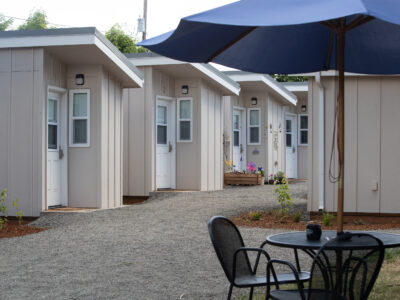Emergency Shelters
Emergency shelters, provide immediate and temporary shelter for those experiencing homelessness. They also include spaces to sleep, restrooms, laundry rooms, and food access (equipped with full kitchens).
To see a map of current HSD-funded shelters, visit the HSD data dashboard and navigate to “Services” then “Shelter.”
To learn about other shelters in our community, go to the City of Portland’s shelter services webpage.
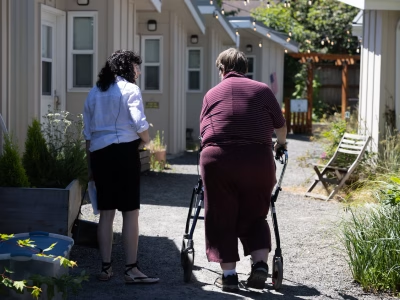
Find help
If you’re experiencing or at-risk of homelessness, find help now, by calling 211 (toll free: 866-698-6155). More information at links below.
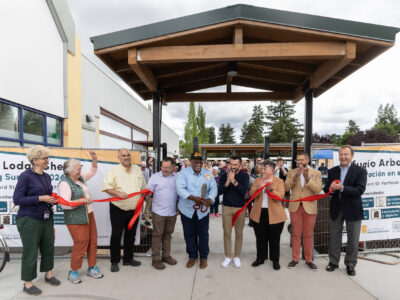
Shelter updates
Learn about recent and upcoming work to expand shelter and daytime services in Multnomah County.
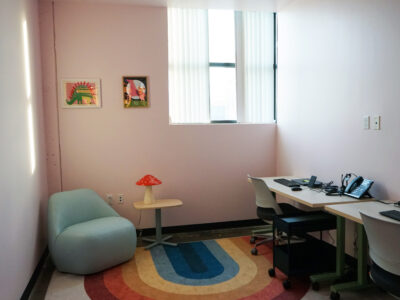
Day center updates
Learn about recent and upcoming work to expand day centers in Multnomah County.
Our Approach to Shelters
Shelter stays are meant to offer connection to permanent housing options and support services. Most emergency shelters are low-barrier, meaning they welcome partners, pets, and possessions. They are also designed to be trauma-informed to meet participant needs for privacy and community. Shelters are reservation-based, with most open 24/7, and do not require people to line up for beds each night.

Expanding Shelter Capacity
Our work prioritizes new shelters and developing new models (villages, safe park sites, motels) that meet people where they are. As of 2024, the HSD supports a maximum capacity of over 2,000 beds, motel rooms and sleeping units — up from 650 in 2015 — with plans to grow.
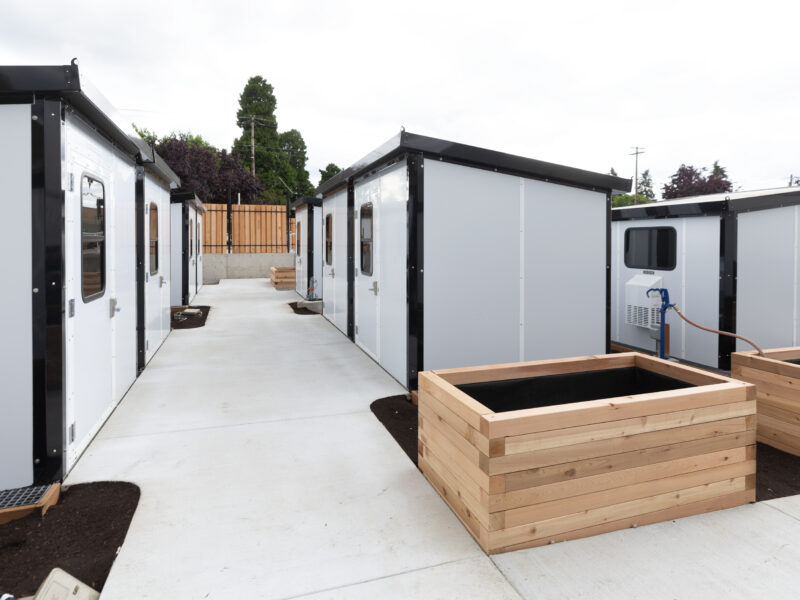
Types of Shelters
Facilities with multiple people sleeping in bunk beds or cots in the same room. Often people sleep in rooms divided into private bays, with amenities. Some of those amenities include kitchens, bathrooms, case management rooms, community spaces, clinics and laundry rooms.
A newer model of shelter that provides stays in a motel room funded by the HSD. Priority for motel room shelters is given to people in vulnerable populations, such as those at higher risk from COVID-19 or those with chronic health or disabling conditions.
Spaces with a private room and bathroom reserved specifically for parents or guardians with children. They also provide access to meals, showers, laundry, computers, and clothing. Family shelter providers include Path Home and Our Just Future.
Confidential, safe spaces where people who are survivors of domestic violence or sexual assault can find safety and shelter in a protected location.
Alternative shelters are typically village-style outdoor shelters where people sleep in individual sleeping units or tiny homes equipped with heating and cooling systems. Guest also have access to showers, community spaces and services in an indoor or outdoor shared space. Furthermore, services include on-site case management, physical and mental health services and housing placement.
View our list of HSD-funded shelters.
View a list of our HSD-funded day centers.
To view a map of shelter locations, visit our HSD data dashboard and navigate to “Services” then “Shelter.”
Sanitation and Hygiene Guide
Access the Sanitation and Hygiene Guide for Emergency Shelter Providers. This guide provides helpful information for providers of severe weather shelters.





